As the Spring Festival approaches, the streets and alleys of Chengdu are filled with the strong atmosphere of the "New Year".
Looking overseas, at this very moment, many places are also "warming up" for the year of Dragon. Among them, temple fairs, pandas, Sichuan cuisine, Sichuan opera... These Chengdu cultural elements that you are familiar with are particularly eye-catching.
So, what Chengdu elements have touched the hearts of most people when they "go out"?
Lantern Festival
The lantern festival is a traditional celebration of the Lunar New Year, dating back to the Song Dynasty. Over the centuries, the lantern festival has continued, and has developed different styles, such as the Chengdu Temple Fair and the Chengdu International Panda Lantern Festival.

Photo/ Wuhou Fabu
One example is the “Tianfu Festival - Splendid Lantern Carnival”, a “South American version” of the Chengdu Temple Fair that went overseas in 2019.
It is safe to say that it reproduced the lanterns, panda products, and Chengdu snacks that can be seen at the Chengdu Temple Fair, and even brought the stage of the Jinyi Pavilion in Chengdu, where face-changing and fire-spitting shows were performed.
Therefore, someone described it as “a star concert in Chile”.
Pandas
When it comes to "cultural exchanges", pandas are truly the "veterans". Whenever a panda enters an overseas zoo, it will become the headline of the day.
Take Tokyo Ueno Zoo as an example. During the Spring Festival last year, the zoo directly created a festival for the panda "Xiangxiang" -Ueno de Panda Spring Festival.
According to reports, the first "Ueno de Panda Spring Festival", which lasted for 3 days, attracted about 200,000 visitors. This year, Ueno de Panda Spring Festival will continue to be held. You can meet many Chinese "intangible cultural heritage" on the spot.
Food
At the 2024 "Happy Spring Festival" Temple Fair held in Budapest, Hungary, local Chengdu delicacies such as Laitangyuan and Zhongshuijiao appeared in the Chinese food area.
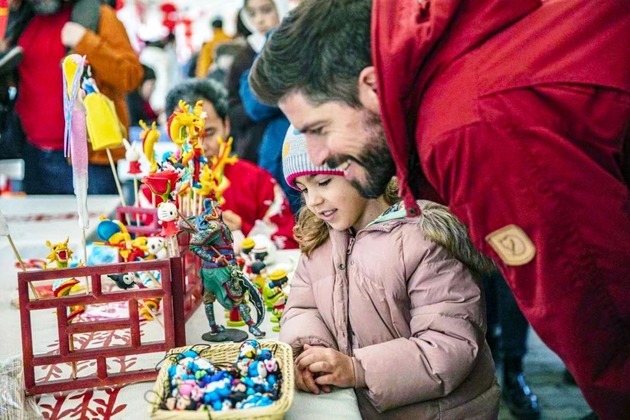
Photo/Wechat of Sichuan Intangible Culture Heritage
In addition, sugar drawings, dough figurines, Shu embroidery, rope weaving and other national or provincial intangible cultural heritage have won a lot of local audiences.
NBD saw the sharing of a non-genetic inheritor who participated in the event in his Wechat moment. He said that although he got up to make noodles at 4:00 in the morning, seeing the long queue, "everyone's efforts are worth it!"
Sichuan Opera
Sichuan Opera is an essential part of the Spring Festival celebrations. A recent example is the performance of "The Legend of the White Snake" by the Chengdu Sichuan Opera Research Institute in Santiago, Chile on January 21st. All three performances were sold out.
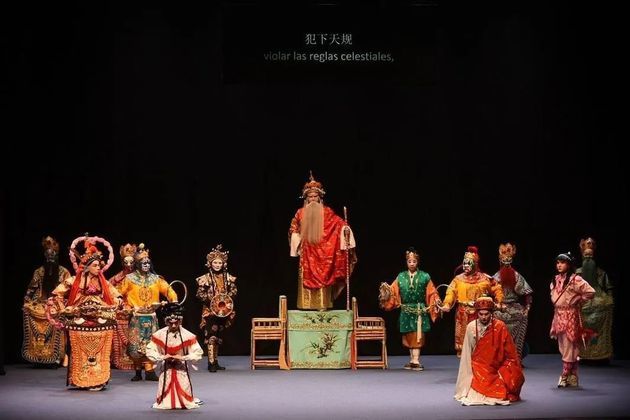
Photo/Chinese Embassy in Chile
In addition, the performance will continue to Argentina and the United States to participate in the "Happy Spring Festival" performance activities.
How to make “old” things “new”? Nowadays, it is not difficult to find the “New Year atmosphere” when celebrating the Spring Festival overseas. For example, the “Happy Spring Festival” event, which has been nurtured by the Ministry of Culture and Tourism for more than 20 years, will hold nearly 500 diverse exchange activities in nearly 100 countries and regions overseas this year, and hold “Global Lantern Lighting Activities” in more than 20 countries.
During this period, pandas, Sichuan food, lantern festival, Sichuan opera and many intangible cultural heritage projects have almost won the love of the local people. Especially pandas, which have set off a “panda fever” wherever they go.
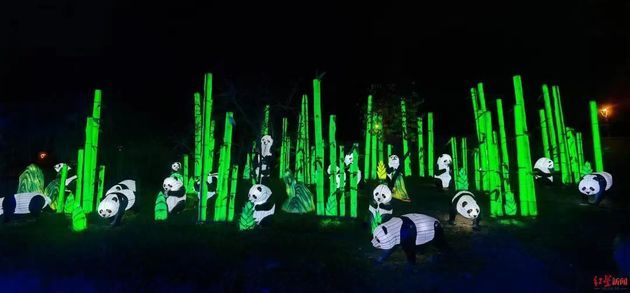
Photo/red star news
Cultural elements actually have considerable economic value.
Take "Xiang Xiang" for example. Before she was born, naming her became a national event. The name "Xiang Xiang" was finally chosen from 320,000 proposals. After the public exhibition, the lottery competition for viewing "Xiang Xiang" reached a maximum of 144 times.
Katsuhiro Miyamoto, professor emeritus of economics at Kansai University, estimated that in the first three and a half years of Xiang Xiang's life alone, she brought in 53.9 billion yen (US$402 million) in economic benefits.
Based on this, it is perhaps more worth considering how enterprises can "perform well" on the stage of "cultural going global". A consensus is that "cultural going global" must be to respect local traditions.
Only the most authentic can truly touch people's hearts. For example, in the "South American version" of the Chengdu Grand Temple Fair, the lantern version of the "Anshun Corridor Bridge" restored the details of the Chengdu Anshun Corridor Bridge, such as its flying eaves, curved railings, and corridors. The lantern version of the "Wangjiang Tower" also restored the details of the Chengdu Wangjiang Tower, such as its red pillars, green tiles, and golden roof.
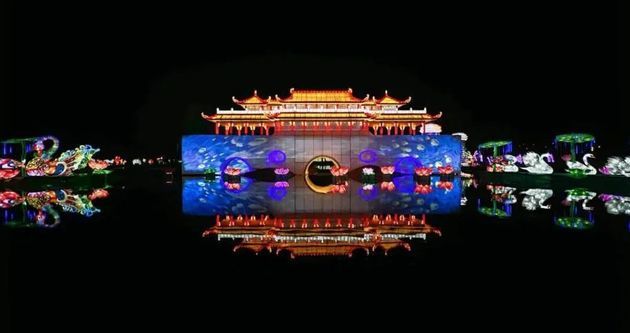
Photo/Anshun Corridor
As a Chengdu enterprise with remarkable achievements in animation, games, and film and television, it is natural that it has also made great progress in this field. In the previous year-end enterprise visit and research, we found that many enterprises are continuously making efforts in "culture + technology", either by combining traditional culture or online scenes.
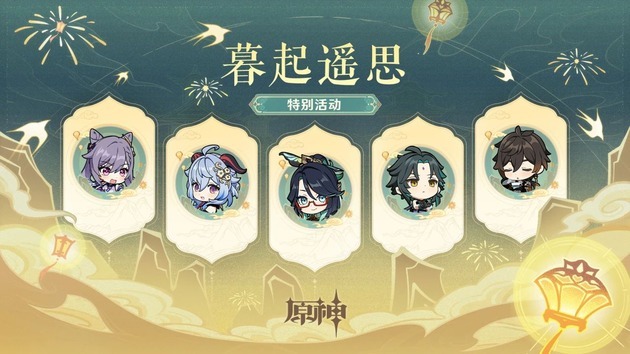
Photo/Genshin Impact


 川公网安备 51019002001991号
川公网安备 51019002001991号





